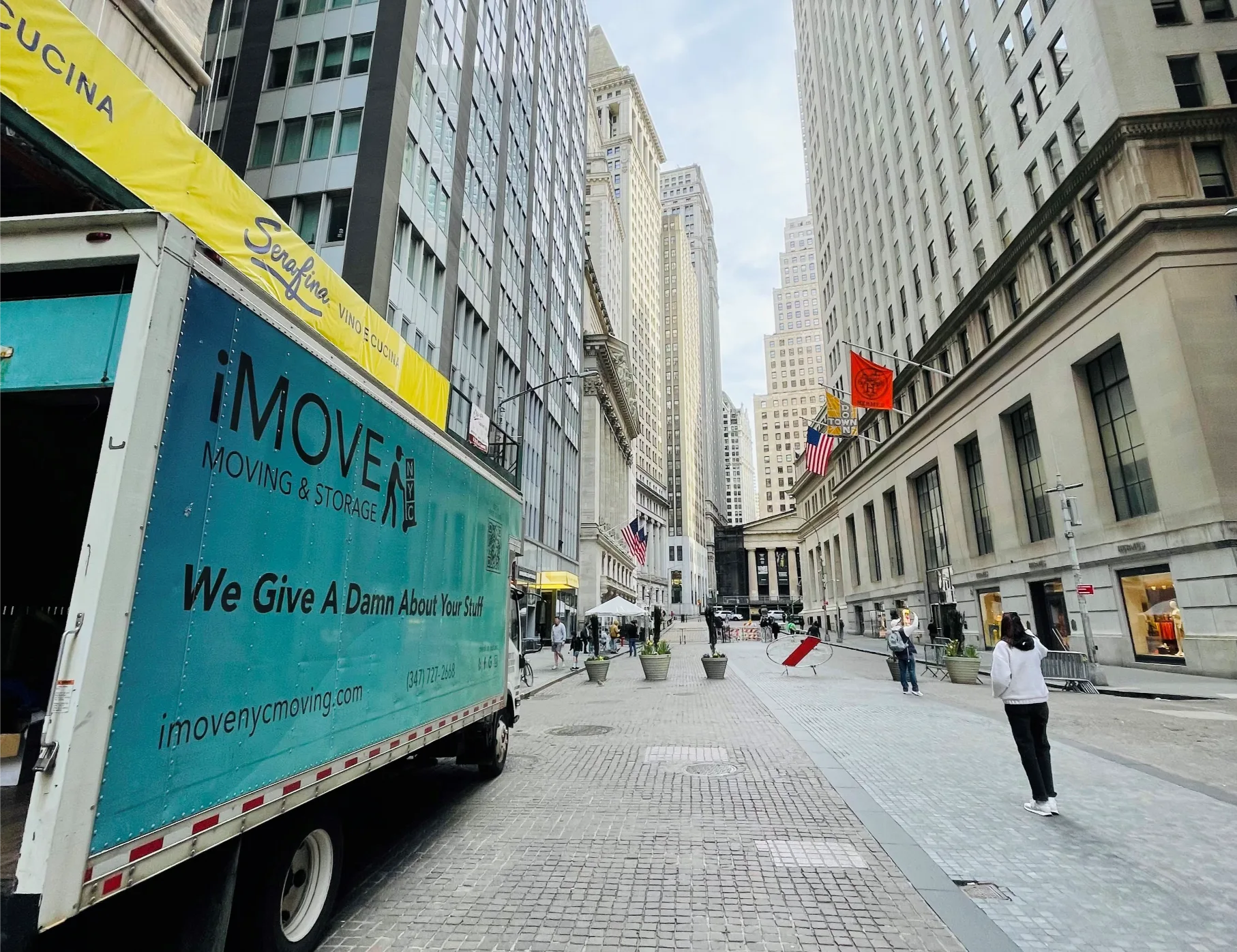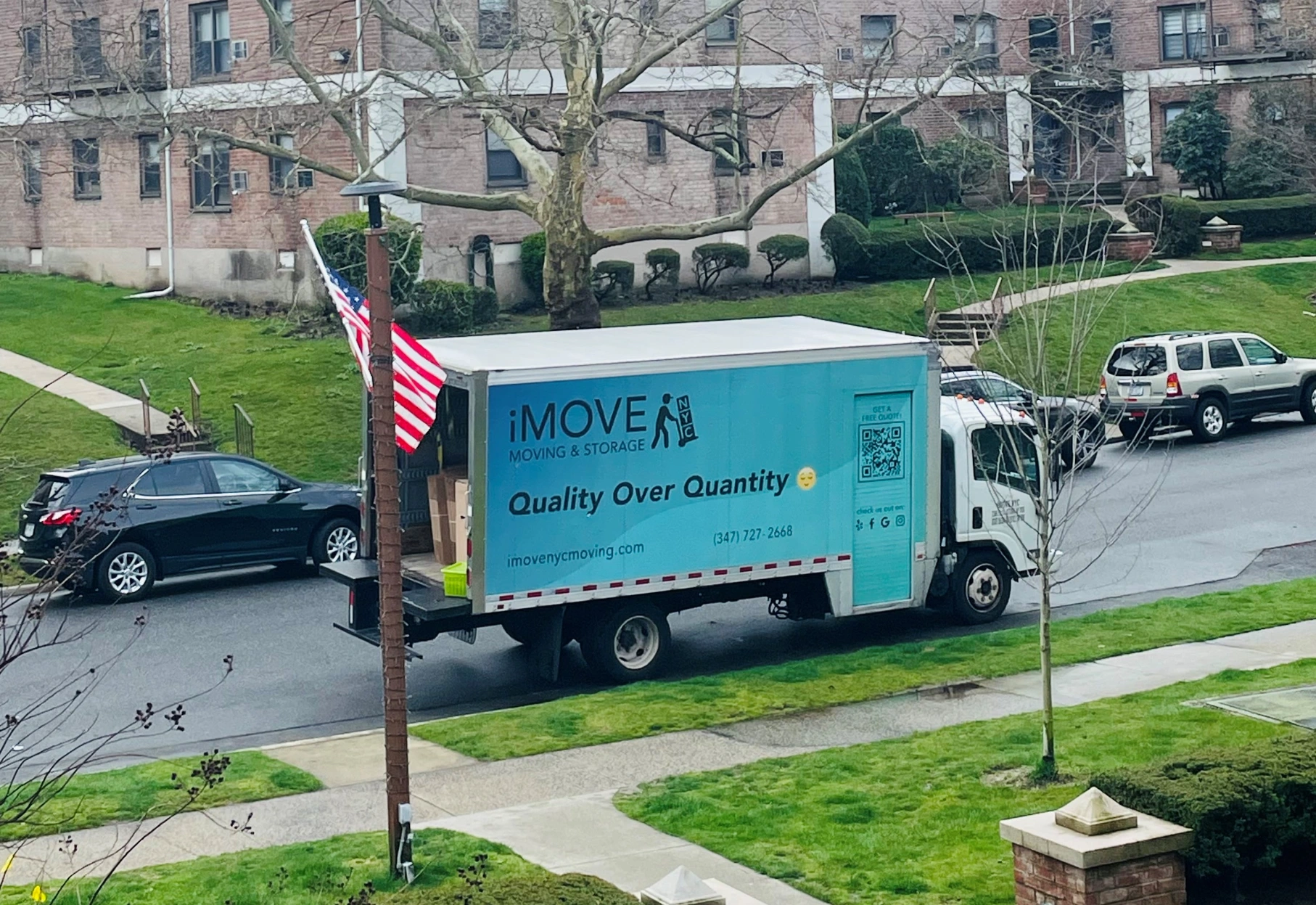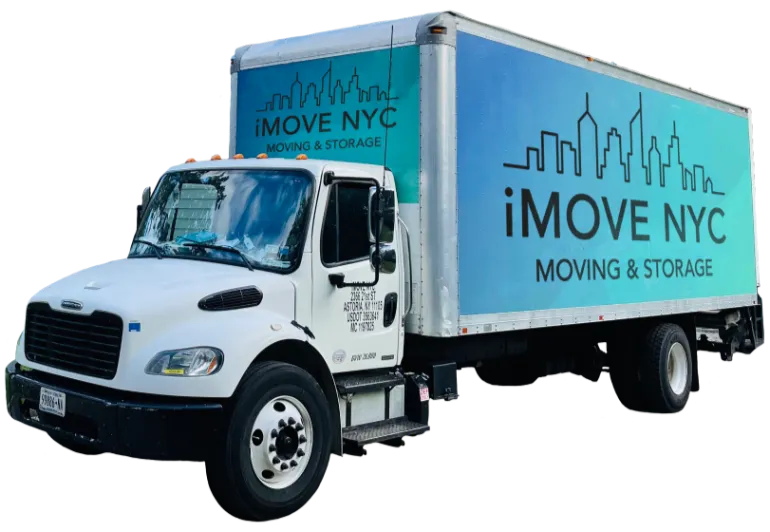
Moving to NYC as a Student in 2025: The Complete Parents’ Guide
New York City stands as one of the most exhilarating and enriching destinations for students – both from across the U.S. and around the globe.
Fill out the form below for a quick flat price quote
Imagine trying to rebuild an airplane mid-flight. That’s what relocating your business can feel like if you don’t have the right plan. Offices aren’t just desks and computers – they’re the heartbeat of your operations, where deadlines are met, clients are served, and teams collaborate. Shutting everything down for a move isn’t just inconvenient, it can cost you time, money, and customer trust.
Research shows that even a 48-hour shutdown can lead to missed deadlines, frustrated clients, and a direct hit to your bottom line. For small businesses, that could mean losing thousands in sales. For larger companies, it might damage hard-earned reputations.
But rushing a relocation without a clear strategy can backfire. Employees might lose days of productivity scrambling to find equipment or workspace. Critical files could go missing during a haphazard pack-up, and IT systems might crash under the strain of a rushed transition. Worst of all, clients could lose confidence in your reliability if projects stall or communication falters.
Enter the Phased Moving Approach: a smarter way to relocate without pressing pause on productivity. Instead of packing up your entire office in one chaotic weekend, this strategy breaks the move into manageable stages. Think of it like moving house one room at a time – except here, you’re keeping the lights on, employees focused, and clients happy while transitioning to a new space.
The Phased Moving Approach is like a well-choreographed dance – it breaks your business relocation into smaller, timed steps instead of one overwhelming leap. Instead of shutting down operations entirely, you move departments, equipment, or even entire floors in stages. This way, part of your team can keep working while the rest transitions to the new space.
This method isn’t a one-size-fits-all solution, but it’s a game-changer for businesses that:
Here are some examples:
A law firm with 50+ employees can’t risk losing access to case files or client data. With phased moving, they relocate their HR department first, followed by paralegals, then attorneys – ensuring everyone else keeps billing hours and meeting deadlines.
A medical clinic can’t shut down for a week – patients rely on daily care. By moving administrative offices first, then exam rooms in batches, they maintain patient appointments while setting up the new location.
A boutique moving to a larger space can transfer inventory in phases. They keep the original store open during the transition, then host a “grand reopening” once the new location is fully stocked and styled.
A phased moving approach isn’t just a trend – it’s a strategic advantage. By breaking your relocation into stages, you sidestep the pitfalls of traditional “all-at-once” moves while unlocking benefits that keep your business agile, efficient, and competitive. Here’s how:
Imagine moving your accounting team to a new office while your sales department keeps closing deals. That’s the power of phased relocation.
Mistakes in a full-scale move can spiral into disasters. Phased moving lets you test, adapt, and perfect as you go.
Phased moving spreads expenses over time, helping you avoid budget bombs.
Sudden changes in tank morale. Phased moving lets teams adjust gradually.
Unlike rigid one-day moves, phased relocation lets you adapt to surprises without derailing the entire project.
Pulling off a phased move isn’t just about splitting your relocation into chunks – it’s about precision, timing, and partnering with a specialized moving company that understands the stakes. At iMOVE NYC, we’ve mastered this process for businesses across industries. Here’s how to make it work:
A phased move lives or dies by its plan. Work with corporate relocation experts like iMOVE NYC to:
Pro Tip: Assign an internal Move Coordinator to coordinate with your moving company. They’ll handle timelines, employee FAQs, and problem-solving.
Your tech backbone is the lifeblood of operations.
At iMOVE NYC, we label, track, and migrate IT assets with military precision – because one misplaced server rack can cost thousands in downtime.
Confusion breeds chaos. Keep everyone in the loop with:
Group departments based on workflow, not convenience. For example:
With iMOVE NYC, we schedule moves during off-peak hours (nights, weekends) for critical teams like call centers or labs, ensuring zero disruption.
After each phase, conduct a “lessons learned” review:
Relocating your business doesn’t have to be a high-stakes gamble. At iMOVE NYC, we specialize in phased corporate moves that keep your operations running smoothly, your team focused, and your customers happy. With years of experience serving New York’s diverse industries – from finance firms to healthcare providers – we’ve perfected the art of strategic relocation. Our experts work side-by-side with you to design a customized plan, tackle complex logistics, and stick to timelines like clockwork.
Why stress over spreadsheets and moving trucks when you can partner with a team that’s handled it all? Let us turn your relocation into a seamless transition, not a productivity nightmare. Contact iMOVE NYC, your business keeps moving forward—even on moving day.

New York City stands as one of the most exhilarating and enriching destinations for students – both from across the U.S. and around the globe.

If you want to understand New York, don’t start with its skyline or even its neighborhoods. Start with its bridges.

One of the most important – and overlooked – questions on moving day isn’t just “where are you going?” but rather, “what are you bringing?”

Fill out the form below for a quick flat price quote
Fill out the form below for a quick flat price quote
Let’s make your move Simple & Easy!